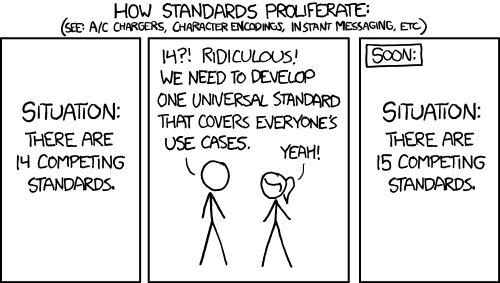import prov.model as prov
import datetime
document = prov.ProvDocument()
document.set_default_namespace('http://anotherexample.org/')
document.add_namespace('ex', 'http://example.org/')
e2 = document.entity('e2', (
(prov.PROV_TYPE, "File"),
('ex:path', "/shared/crime.txt"),
('ex:creator', "Alice"),
('ex:content', "There was a lot of crime in London last month"),
))
a1 = document.activity('a1', datetime.datetime.now(), None, {prov.PROV_TYPE: "edit"})
document.wasGeneratedBy(e2, a1, None, {'ex:fct': "save"})
document.wasAssociatedWith('a1', 'ag2', None, None, {prov.PROV_ROLE: "author"})
document.agent('ag2', {prov.PROV_TYPE: 'prov:Person', 'ex:name': "Bob"})
document.get_provn()





















